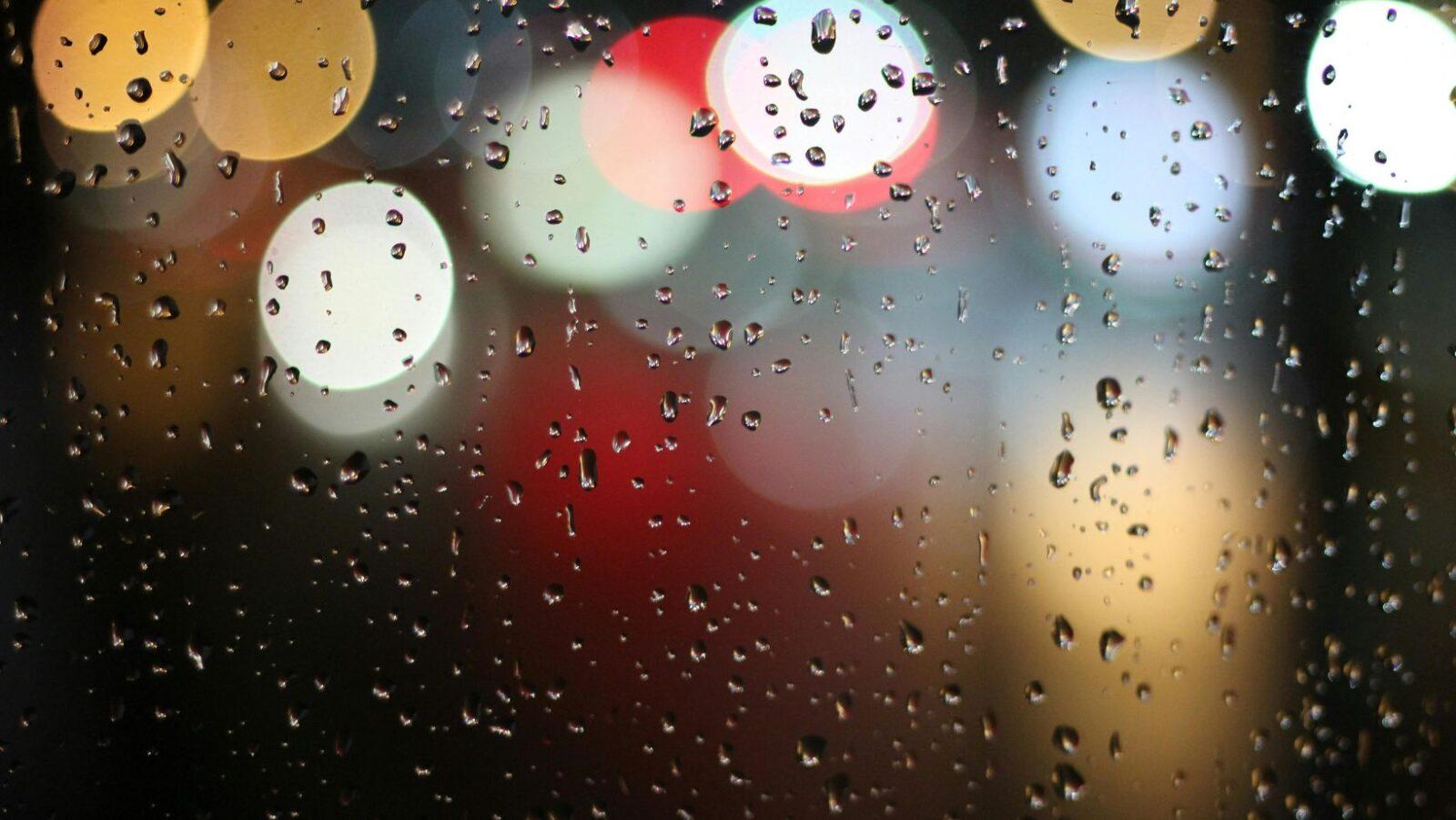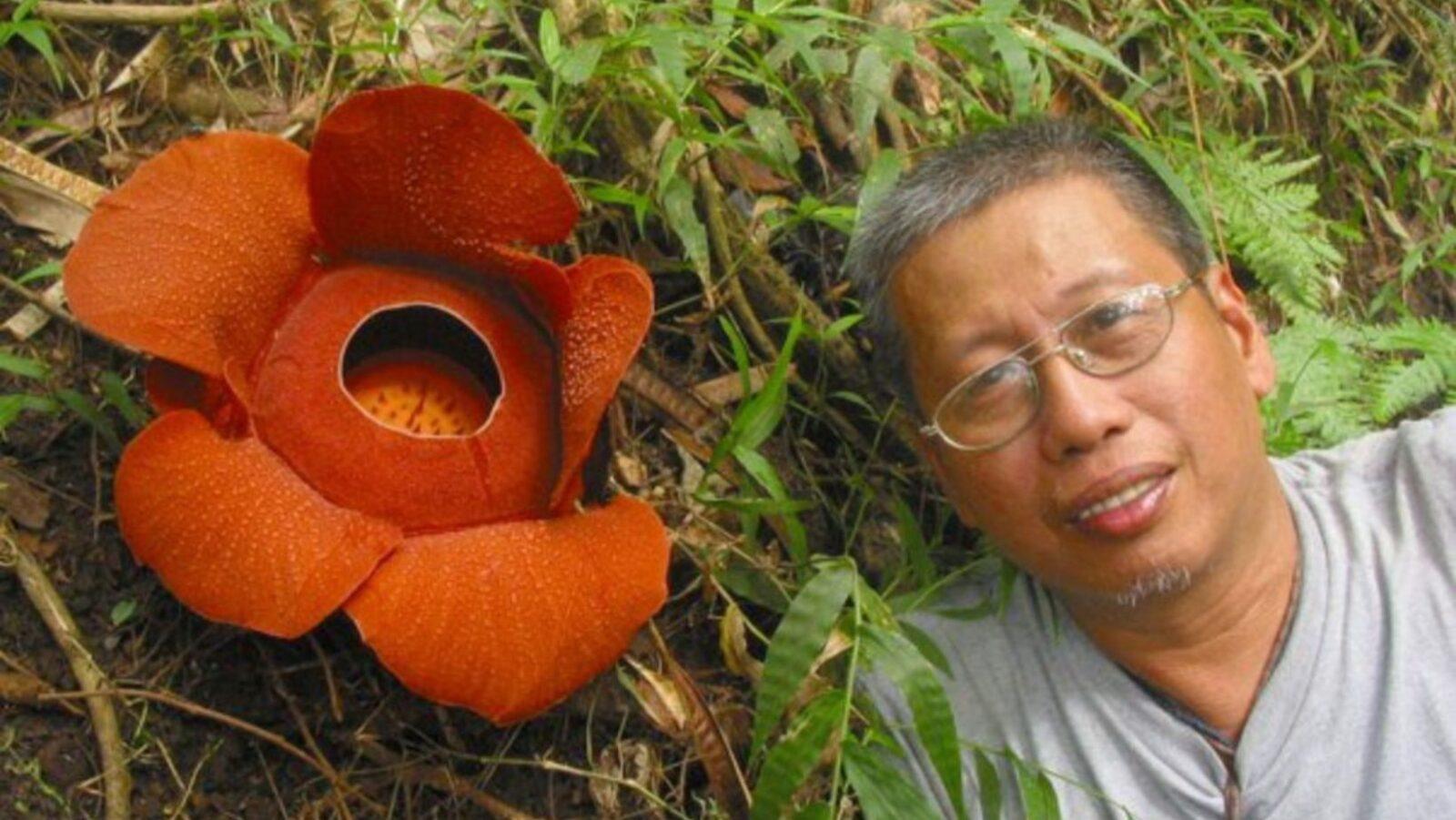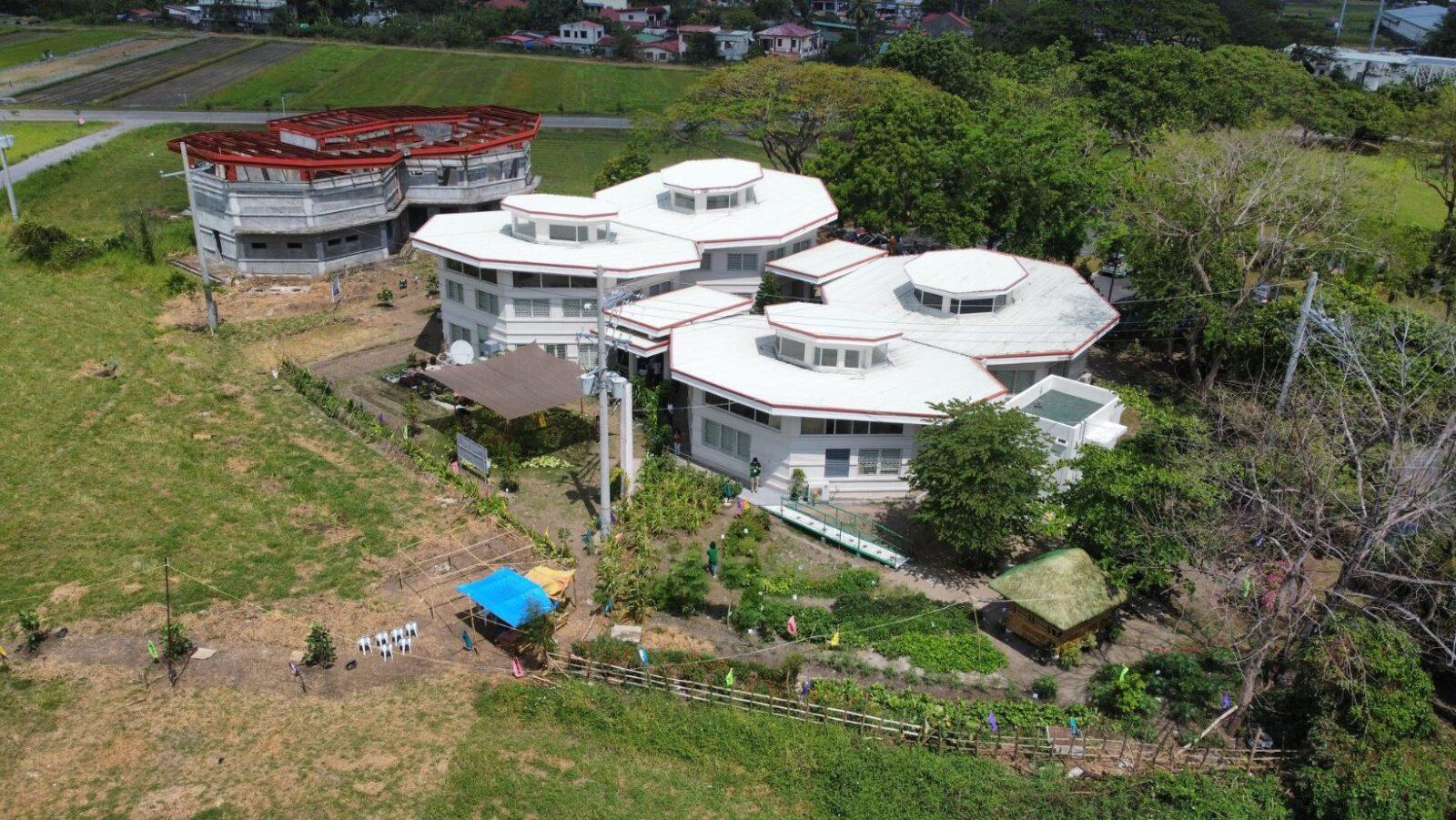• Researchers from Britain found that at least 60 percent of all known wild coffee species, including arabica, are threatened with extinction.
• These species are at risk due to a combination of deforestation, climate change, and inadequate conservation measures.
• Preserving coffee beans in storage is too costly; thus, it is imperative that wild coffee diversity be naturally maintained.
If you haven’t had your first cup of coffee yet, this news might jolt your eyes open.
According to scientists from Britain’s Kew Royal Botanic Gardens, at least 60 percent of the world’s 124 known wild coffee varieties are at risk of extinction.
Why? Because of climate change, deforestation, and “inadequate” conservation measures, stated the researchers in the study published in Science Advances.
There’s trouble brewing
To determine the status of each coffee variety, the researchers used new computer modelling techniques, data acquired from hands-on research, and the International Union for Conservation of Nature (IUCN) criteria for threatened species.
The team found that “at least 60% of all coffee species are threatened with extinction, 45% are not held in any germplasm collection, and 28% are not known to occur in any protected area.” The researchers noted that they could not obtain enough data for 14 of the species due to factors beyond their control. However, they did spot a rare species called the Highland Coffee of Sierra Leone (Cofea stenophylla), which we haven’t seen in the wild in 65 years.
Unfortunately, arabica coffee — one of the two most valued coffee variants in the world — is among the threatened species. In the wild, it only grows in Ethiopia and South Sudan. Furthermore, it has a slow maturation period, and only grows well under trees on high-altitude farms.
Thus, when sudden rainfall, various fungal diseases, and other unpredictable factors come rolling in with climate change and diminishing forests, arabica tends to be among the coffee species that suffer most.
Furthermore, storing coffee beans in a seed bank is too costly, as it requires liquid nitrogen.
“It is difficult, perhaps impossible, to conserve coffee using conventional seed storage methods,” explained Dr. Aaron Davis, the lead author of the study.
Wake-up call
Dr. Davis stressed the importance of efficiently managing the world’s protected areas for coffee bean species.
“There is potential to use previously unutilised or under-utilised wild coffee species to produce new coffee crop cultivars or hybrids, via breeding, that are able to grow in climates that arabica and robusta coffee cannot tolerate,” said Dr. Davis.
Gene-editing technology won’t solve the problem that comes with the extinction of wild species, though.
Transferring favorable traits from one species of coffee to another isn’t exactly easy. Thus, when a species that’s pest-resistant, disease-resistant, or well-suited for warmer climates goes extinct, well… you get the picture.
Here’s a small cup of good news, though: Right now, consumers need not worry, as there is currently no coffee shortage.
Still, if we don’t start taking better care of the world right now, you may eventually find it harder to wake up to a good morning — and the absence of your favorite brew could very well be one of the reasons.
Cover photo: Negative Space
References
- http://advances.sciencemag.org/content/5/1/eaav3473
- https://phys.org/news/2019-01-percent-coffee-varieties-extinction.html
- https://www.abc.net.au/news/science/2019-01-17/coffee-facing-extinction-climate-change/10713870
Author: Mikael Angelo Francisco
Bitten by the science writing bug, Mikael has years of writing and editorial experience under his belt. As the editor-in-chief of FlipScience, Mikael has sworn to help make science more fun and interesting for geeky readers and casual audiences alike.







